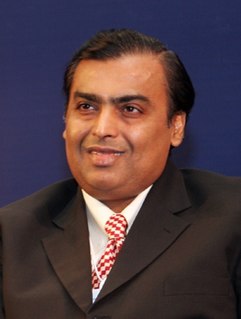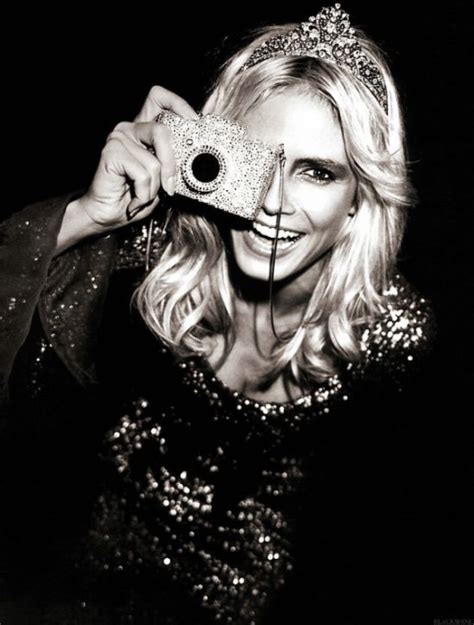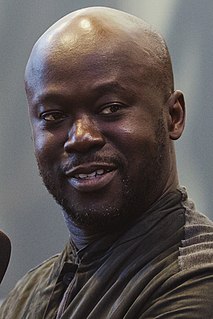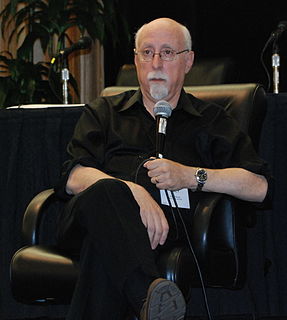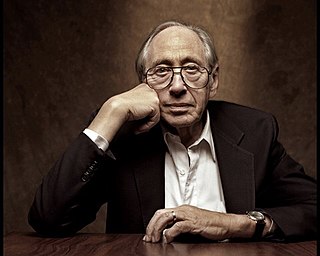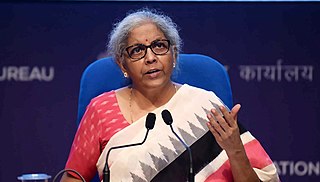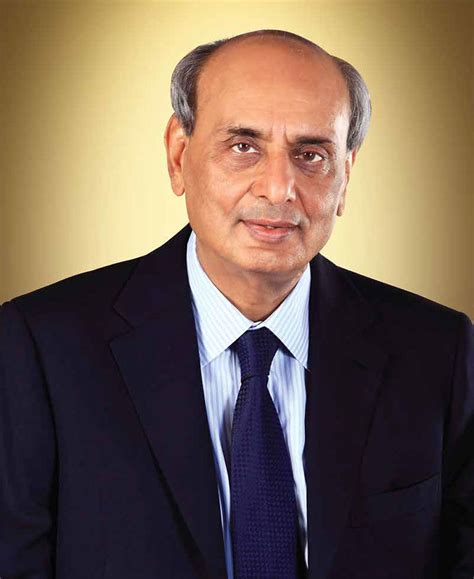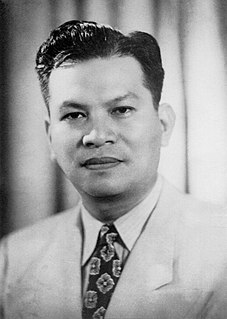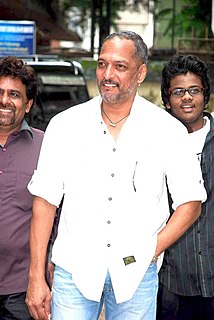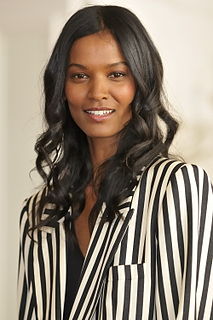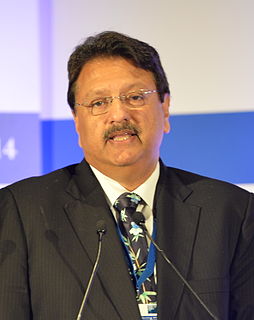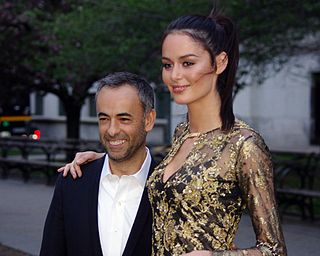A Quote by Mukesh Ambani
By that time - the early '70s - Vimal was a fairly successful textile brand. So everybody expected me to do textile engineering. I shocked them by saying that I would go to IIT.
Related Quotes
Jack Geisinger. He passed, but we were friends up until the end. We took a dress design and apparel class, and I realized that I didn't like it, mostly because I couldn't sew very well. I then change over to textile design, where I could draw and paint. It was perfect for me. I got to the height of my career as a textile designer. I was working with people like Donna Karan, Jean Muir, and Scott Barrie.
What I resist is techniques. I find techniques very problematic. So when critics talk about my work in those terms, I find that they miss the condition. I am comfortable with the notion of pattern and ornament as a system of organization, [but] for me it acts as a textile. So it's not about pattern, but the notion of architecture through the lens of textile, rather than architecture through the lens of brick and mortar.
Energy Engineering started first in IIT Kharagpur in 1983 and mine was the third batch. It was definitely not a popular course. It was basically an amalgamation of nuclear, mechanical, chemical engineering, etc. But I don't think it was a big factor because if we look, most of them joined the IT sectors and not the energy sector.
